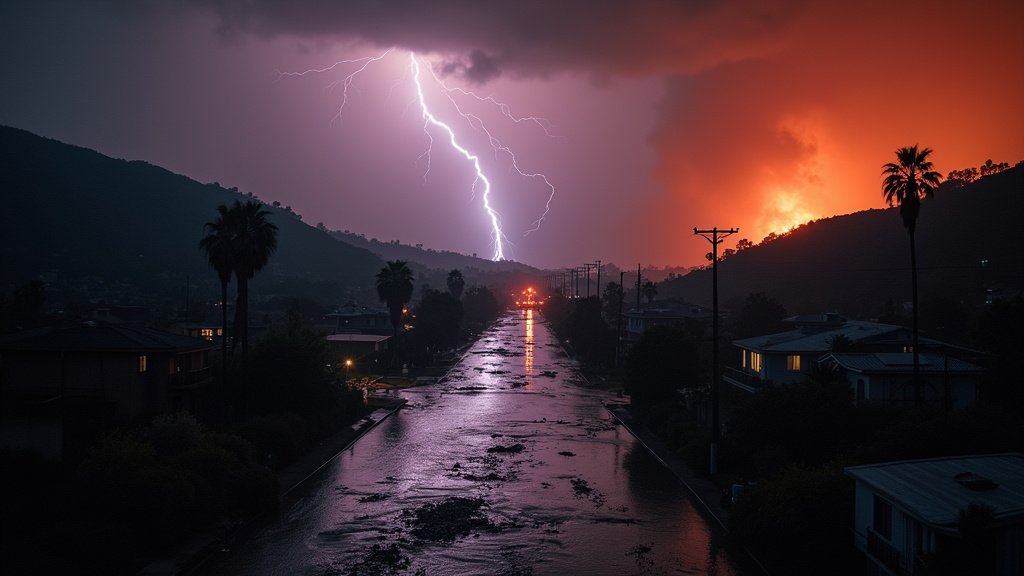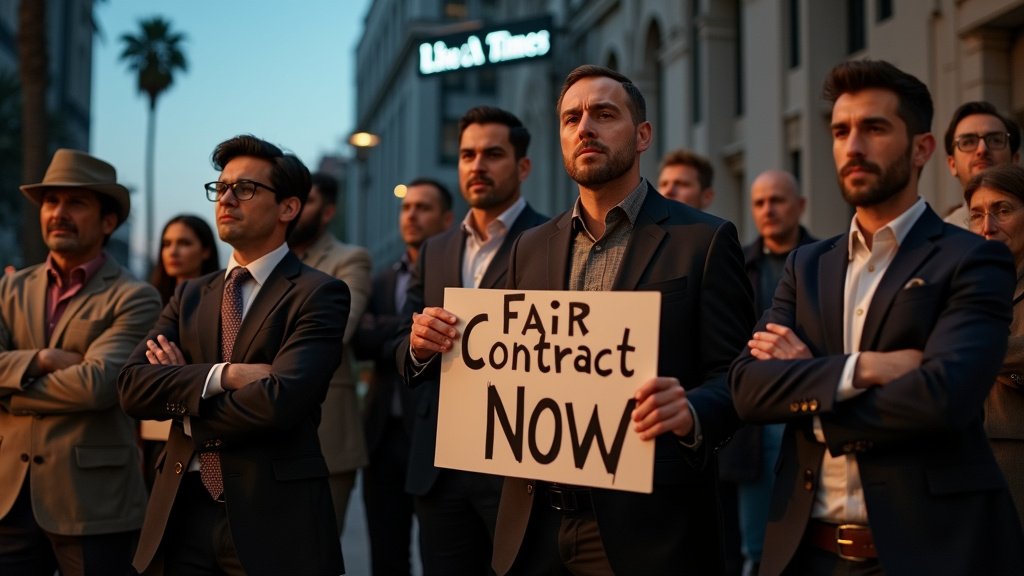LA Fire Survivors Struggle as FEMA Aid Lags, Leaving Futures Uncertain
Recent wildfires in Los Angeles have left a trail of devastation, displacing countless residents and destroying homes. While the immediate aftermath of the blazes saw an outpouring of community support, the long road to recovery is proving to be a difficult journey for many, particularly in accessing much-needed assistance from the Federal Emergency Management Agency (FEMA). Reports indicate that FEMA aid for these recent fires is lagging, leaving survivors frustrated and uncertain about their futures.
The Waiting Game: FEMA Aid Delivery
The promise of federal aid is often a lifeline for those who have lost everything in a disaster. However, for many Los Angeles fire victims, the reality of receiving this aid is proving to be a complex and lengthy process. The delay in aid disbursement has exacerbated the already difficult circumstances faced by those who have been displaced and are struggling to rebuild their lives. This delay, coupled with the challenges of navigating the FEMA system, is causing considerable stress and anxiety among fire survivors.
The primary concern voiced by many is the slow pace at which aid is being delivered. While the specifics of the delays vary from case to case, the overarching sentiment is one of frustration. Many residents are still awaiting the funds necessary to begin the rebuilding process, secure temporary housing, or even replace essential belongings. The slow pace of the aid has also created a feeling of uncertainty and a sense that they are being forgotten.
Navigating the FEMA Maze: The Application Process
Beyond the delays in aid delivery, another major source of frustration for fire victims is the complexity of the FEMA application process. The process is reportedly convoluted, involving numerous forms, documentation requirements, and eligibility criteria. This has left many residents overwhelmed, particularly those who are already dealing with the emotional and logistical challenges of rebuilding their lives. The application process has created additional barriers and anxieties for residents struggling to get back on their feet.
Many survivors report difficulty understanding the requirements, gathering the necessary paperwork, and navigating the online portal. Some are lacking the technical expertise necessary to complete the online forms, while others are struggling to obtain the required documentation. Furthermore, there can be language barriers and the availability of assistance may be limited. These factors make the application process a significant hurdle, further delaying the receipt of aid and hindering the recovery efforts.
The complicated application process also compounds the challenges faced by vulnerable populations, including the elderly, those with disabilities, and those with limited English proficiency. For these individuals, the FEMA process represents an even greater obstacle, adding to their already significant hardships.
Rebuild or Relocate: A Difficult Decision
The uncertainty surrounding FEMA aid and the complexities of the application process have forced many fire victims to confront a difficult question: should they rebuild or relocate? This is not a decision to be taken lightly, as it involves significant financial, emotional, and logistical considerations.
For those who want to rebuild, the delays in aid and the uncertainty about the future are creating major impediments. Many are hesitant to commit to rebuilding without a clear indication of when and how much financial assistance they will receive. The rising costs of construction, coupled with the lack of readily available resources, make rebuilding a daunting prospect.
Relocating, while perhaps a more straightforward path, also presents its own set of challenges. It means leaving behind communities, schools, and established networks. For those who have lived in their homes for many years, the prospect of starting over in a new location is emotionally taxing. The scarcity of affordable housing options, particularly in the Los Angeles area, adds another layer of complexity to the decision.
A Call for Assistance
The situation facing Los Angeles fire survivors underscores the critical role of FEMA in disaster recovery. The agency’s effectiveness in delivering timely and efficient aid can make a significant difference in the speed and extent of recovery. The reported lags in aid delivery and the complexities of the application process, however, are undermining these efforts, leaving vulnerable residents in limbo.
Addressing these challenges requires a multi-pronged approach. This includes streamlining the application process, improving communication with applicants, and ensuring that adequate resources are available to support survivors throughout the recovery process. FEMA must also work to address the specific needs of vulnerable populations.
As fire victims grapple with the difficult task of rebuilding their lives, the need for swift and effective assistance is more pressing than ever. The long-term recovery of Los Angeles communities depends on the timely delivery of promised aid and a commitment to supporting survivors through every step of the process.





